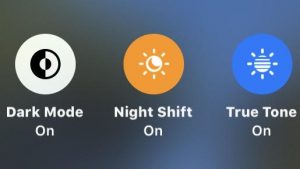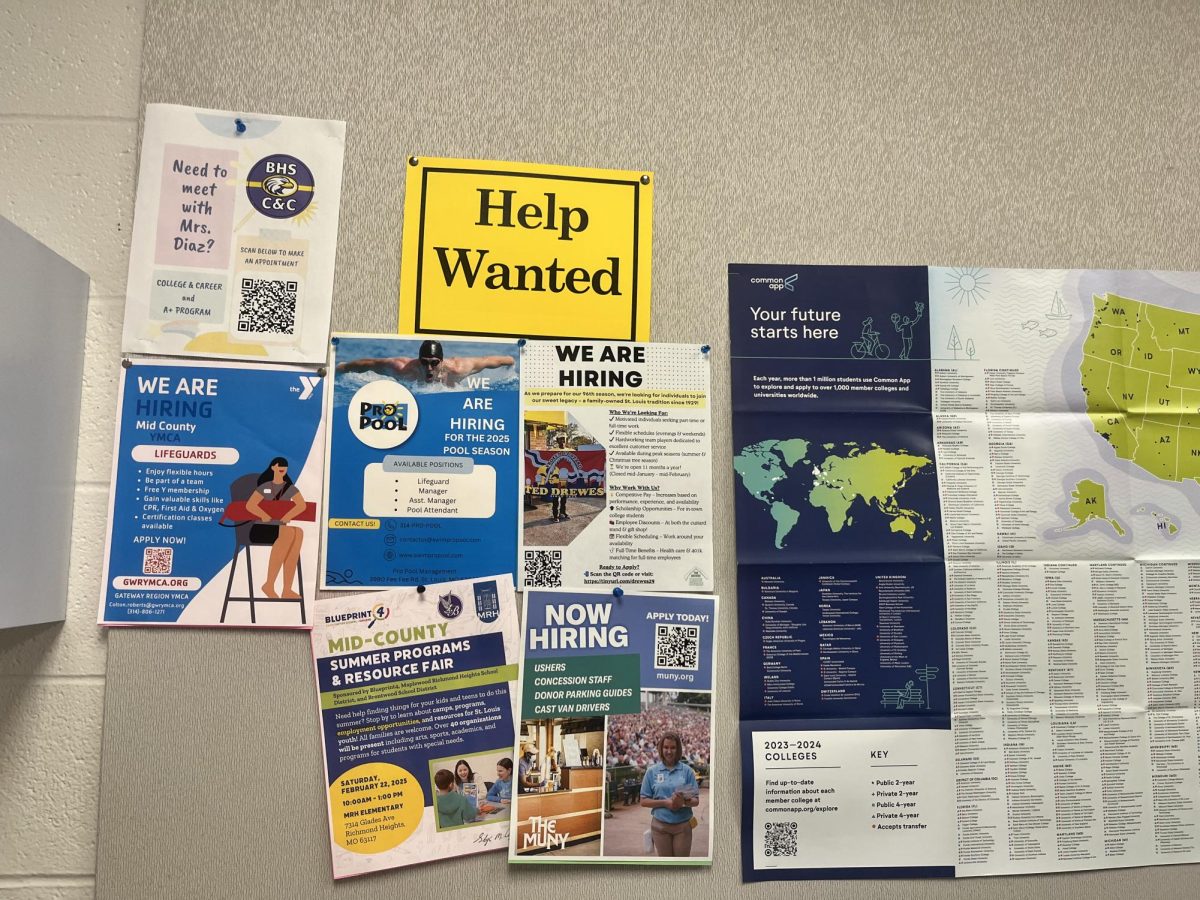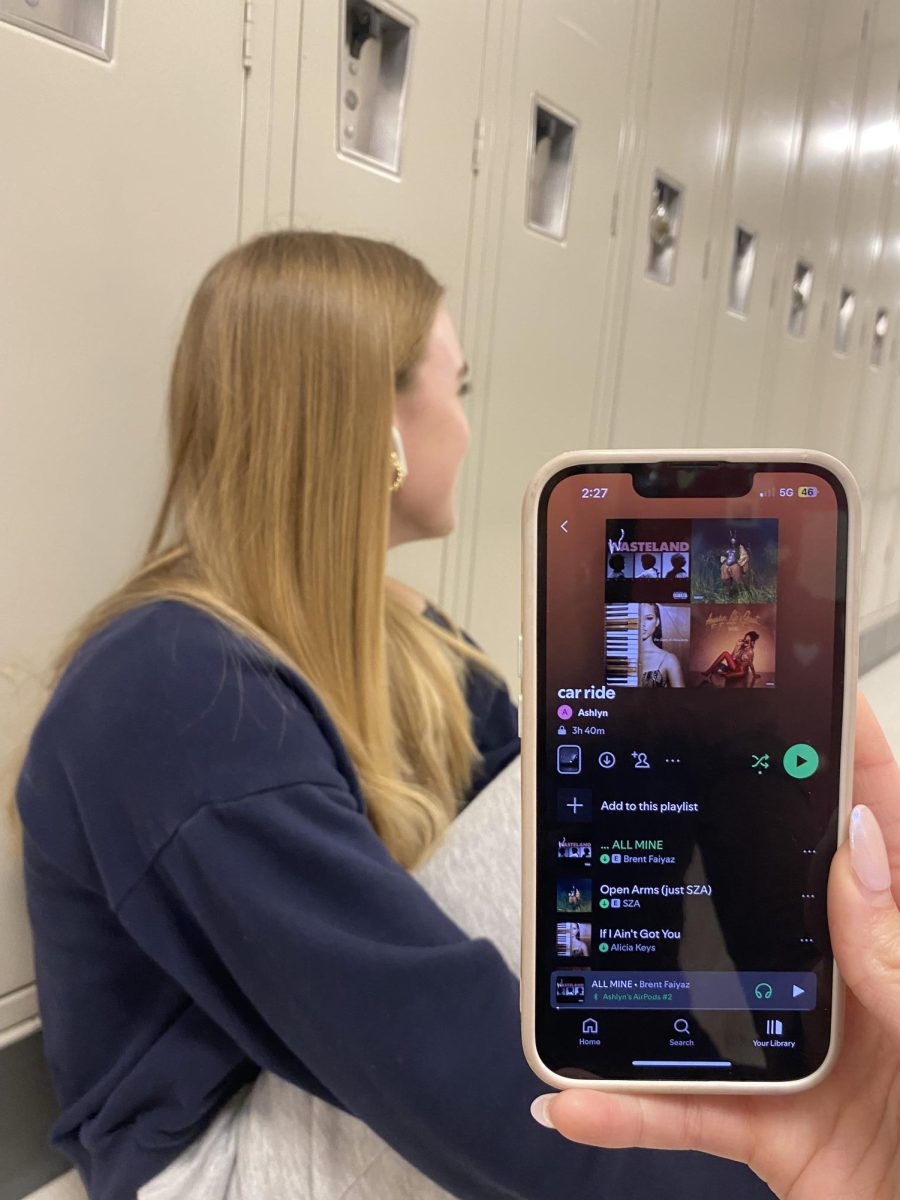“Computer Vision Syndrome […] describes a group of eye and vision-related problems that result from a prolonged computer, tablet, e-reader, and cell phone use.” According to the American Optometric Association, the average American takes up 7 hours a day looking at screens, maybe even more. Spending this much time on computers and phones, whether it’s for work or play, can have negative effects on the eyes, body, and brain.

Night Mode is a feature on many phones and computers that reduces the blue light emitted from screens.
CareWell says using electronic devices too much each day can cause symptoms like eye strain, dry eyes, blurry vision, and headaches. This is because of the blue-light that the devices emit. “My average screen time is 4 hours and 41 minutes. Sometimes it gives me headaches if the screen is too bright,” says sophomore, Kya Hawthorne. Some ways to combat the blue light include holding the phone or keeping the computer screen a reasonable distance away from the user’s face, usually at least 20 inches. Another thing that people find helps reduce these symptoms are blue light blocking glasses. The lenses in these glasses absorb or block the blue light, preventing it from reaching the eyes. “Night Mode” is a feature on many phones and computers that does the same thing by using warmer colors on the screen to reduce blue light. Sophomore Camille Harris also gets some symptoms from looking at screens. “Sometimes the screen makes my eyes burn, but I use night mode a lot and it helps with that,” she explained.
The blue light emitted from screens also can have an effect on sleep schedules. It prevents melatonin from releasing, causing our bodies’ internal clock to shift off balance. Using Night Mode after a particular time, such as sunset, will help to keep your body on time, as reported by the National Sleep Foundation. Hawthorne admitted that when she’s trying to sleep, if she gets a notification, she automatically checks it.
High screen time also causes people to have poor posture, which can be the cause of neck and back pain. Many schools and office-style workplaces have tackled this issue by introducing standing desks, which are beneficial for many reasons. The standing desk is exactly as it sounds. It allows computer use while standing up, which the American Cancer Association claims reduces back pain. “I would not want a standing desk. I need to be sitting 24/7. It hurts my knees,” Harris added.
With the rising popularity in children’s videos and songs on YouTube, many children are being introduced to screens before they even turn one. CNN Health reported that a high screen time “has been associated with unhealthy dietary patterns, poor sleep quality, cardiovascular disease, and obesity in children.” Harris believes that kids’ access to screens should be limited. It is recommended that the use of cellphones should be avoided for kids under the age of two, and then kids from age two to five should have one hour of screen time.

Once kids are older, they can have three-five hours a day. “My thoughts on technology at such a young age, is it makes them used to technology really quickly but there’s some things that should be kept being taught without technology,” explained senior, Edris Roman.
Lowering screen time, using different blue-light-blocking methods, and getting a standing desk are all things that can help fight against the issues that electronics bring along with them. Various games and social media apps can be addicting, but it’s important to have boundaries and know when to take a break.



















